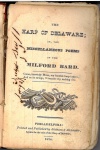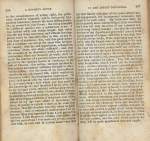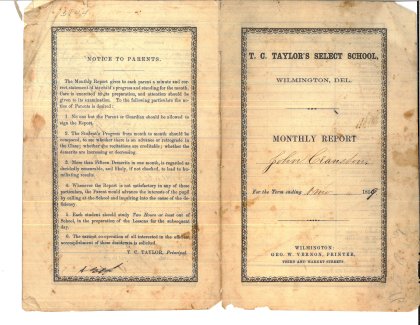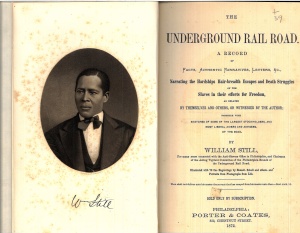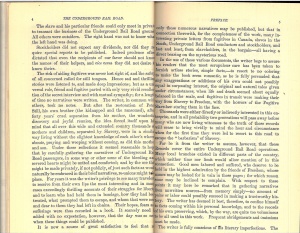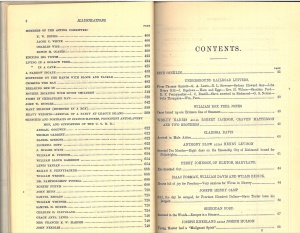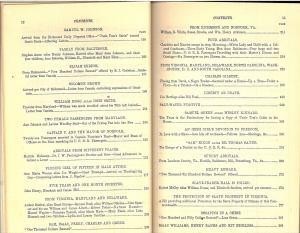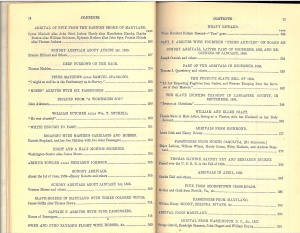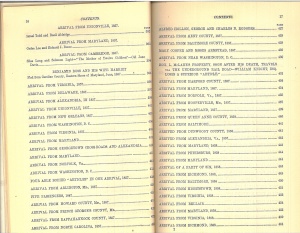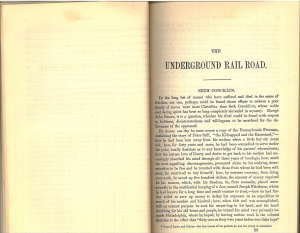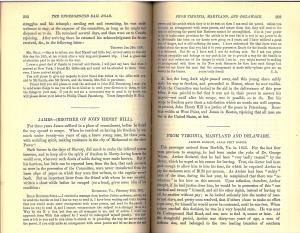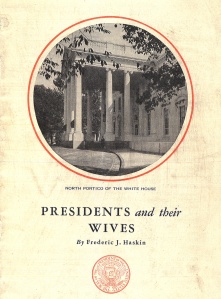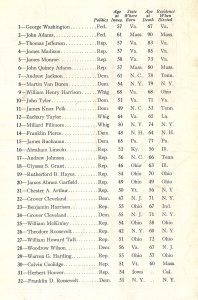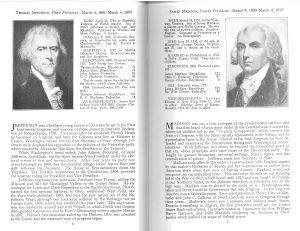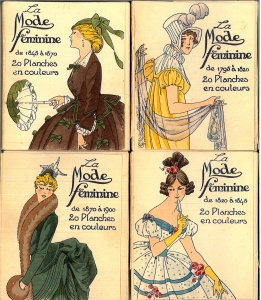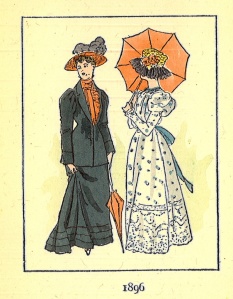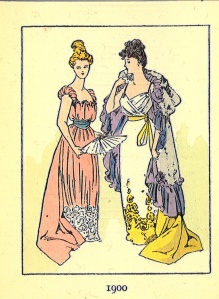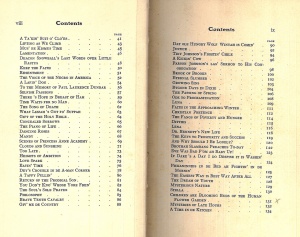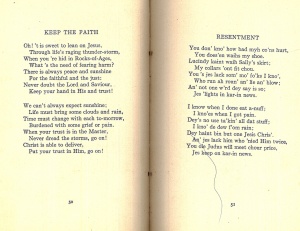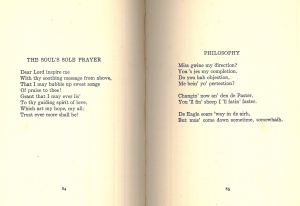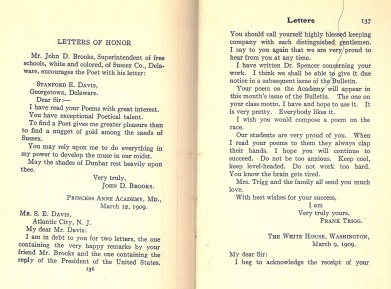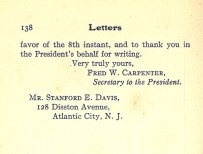Tags
Bard of Milford, Charity, Hope, Jacksonian America, Melancholy, Poems, Poetry, poets
“Come, heavenly Muse, my humble harp inspire,
And on its strings, O breathe thy melting fire.”
This week, we revisit the expansive spirit of one of Delaware’s most eminent literary figures, the poet John Lofland, known affectionately as The Milford Bard. Below are excerpts from his 1828 publication The Harp of Delaware; or, The Miscellaneous Poems of the Milford Bard. The table of contents are provided, which show the breadth of his interests. For those who enjoy poetry, this bard of Delaware, although no longer so well known as he was in Jacksonian America , is still deserving of recognition. Considerable nuance, melancholy, and aspirant nobility permeate his thought. The Harp of Delaware is 212 small pages and is the physical size, roughly, of an apple 5s smart phone. Below are a sampling of poems:
To the Duellist; What Is Charity; Ingratitude; Triumph of Genius; Bandits Cave; Hope; The Bride; What is Love; and Melancholy

